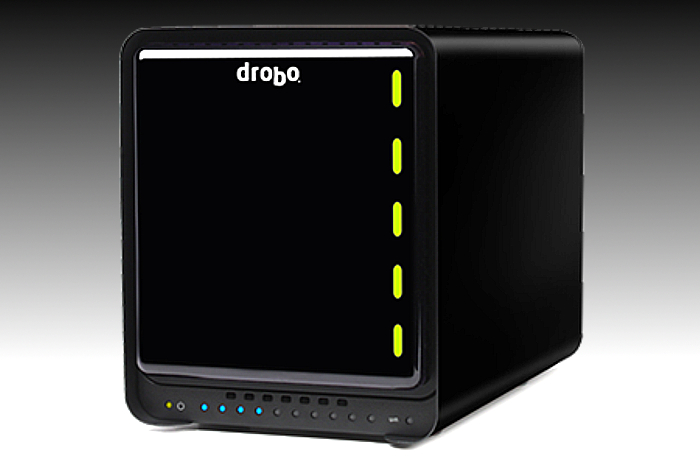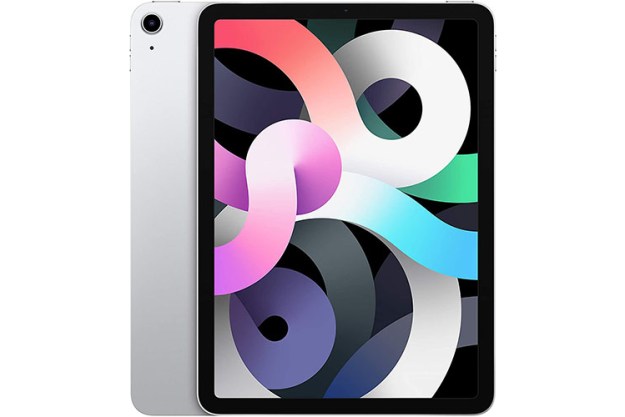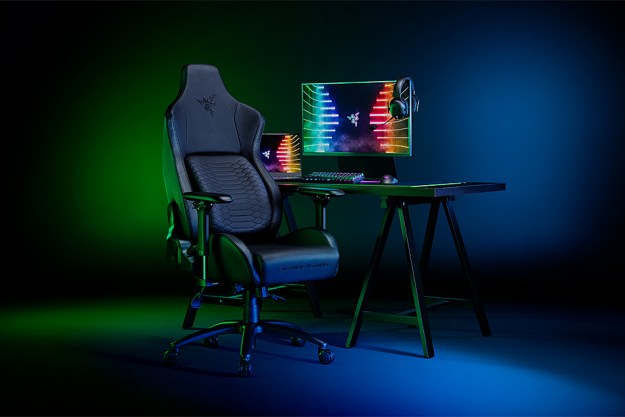
If you are not familiar with USB Type-C, it has nothing to do with speed, but rather the physical connection itself. Standard USB connectors must be inserted into the port a specific way, which can be annoying when fumbling to plug a wall adapter into a smartphone or tablet in a dark room. USB Type-C uses connectors that can be inserted into compatible ports either up or down. They are quite thin and rectangular, too, kicking out the odd shapes currently used on mobile — except for the latest iPhones — devices, and game controllers.
The new storage device is backed by Drobo’s BeyondRAID technology. This system will protect your data when drives fail by rerouting the information to the remaining drives, enabling full access without disruption. It provides self-healing for the total capacity and what the company calls “virtual hot-spares.” Users can even switch from single to dual-disk redundancy with just one click in the provided software.
“Drobo takes the upfront guess work out of determining the amount of capacity you require,” the company states. “Buy the capacity you need today, and when you need more storage, simply replace your smallest drive with a larger one and immediately use that capacity in seconds. You can even mix and match drive brands, capacities and speeds.”
Drobo does not say what is inside the box hardware-wise, only that it features an internal battery so that the Drobo 5C unit remains up and running for a while when the power goes out. The chassis and cover are completely made of metal, and a Kensington Lock Port keeps the internal hard drives safe from thieves — lock not included. Each drive bay includes an LED indicator showing the state of the hard drive — green/yellow/red.
The unit itself measures 5.9 (width) x 7.3 (height) x 10.3 (diameter) inches and weighs 8.5 pounds without the installed hard drives. It comes with a USB 3.0 cable with a standard Type-A connector on one end and a Type-C connector on the other end so that it can be connected to any desktop or laptop that does not have a USB Type-C port.
According to Drobo, this unit will replace the original four-bay unit that hit the market nine years ago. Since that initial release, Drobo storage products reportedly have increased 10 times in read/write performance, increased 32 times in storage capacity, and decreased in price by 33 percent. Thus, because the Drobo storage line has a long history, customers owning the second and third generation Drobo 4 units will get a $50 discount when purchasing the new Drobo 5C for a limited time.
Finally, users can configure the Drobo 5C for MacOS 10.10 and higher (HFs+), or Windows 7/8/10 (NFTS). It is available for $349 though the company’s online store serving the United States and Europe, and through other online vendors such as Amazon, Newegg, MicroCenter, TigerDirect, and more.
Editors' Recommendations
- This 240W USB-C cable opens up new charging possibilities
- New Android phones must support USB-C PD and Digital Wellbeing, Google says


